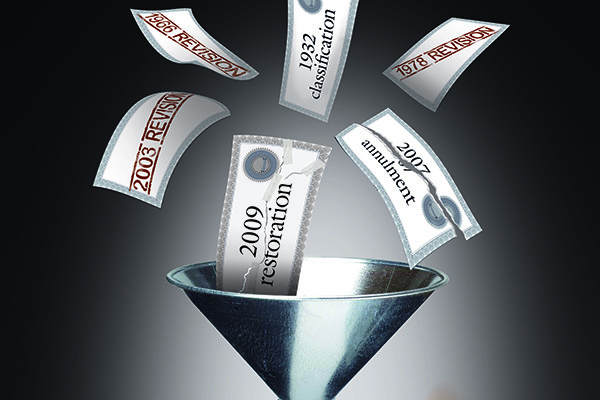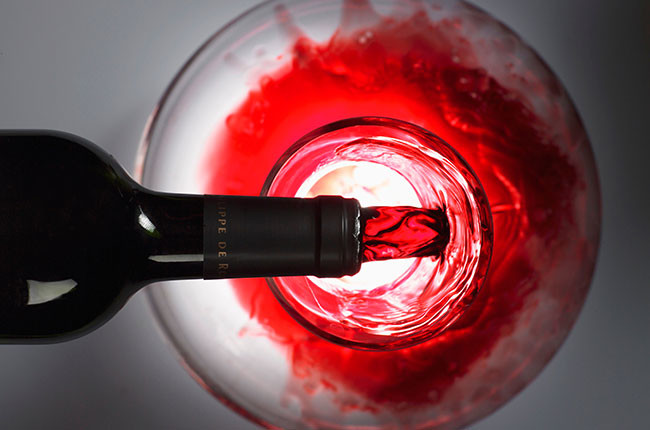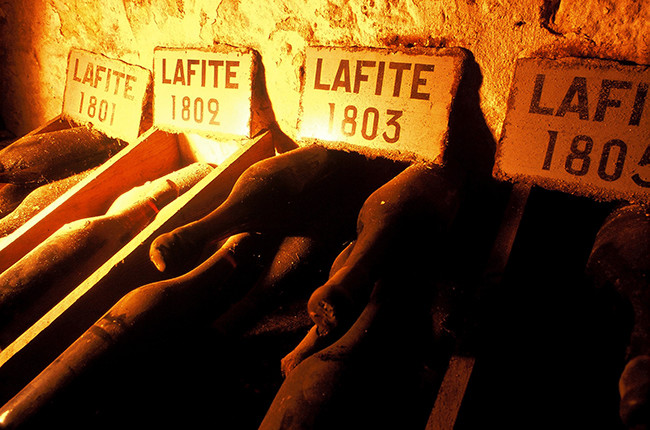As technological advances make it easier to deal with variable weather conditions, Jane Anson assesses the impact of hot and cool vintages in Bordeaux and offers advice on what to buy – whatever the weather...

The Bordeaux barometer: Cool vs hot vintages
When you first learn about Bordeaux, you are told one very simple rule: this may be southwest France but it’s also a port city close to the Atlantic, and so has an oceanic climate. This fact governs the next rule, which is: because of the climate, Hot Years are good, and Cool Years are challenging.
But what does that actually mean in terms of how the wines taste – and is the maxim even true any more given both climate change and new techniques in both the vineyard and cellar?Looking back, it was the hot years that were always the most acclaimed: 1870, 1921, 1929, 1947, 1949 (the hottest summer since 1929), 1961, 1982, 1989 (hottest summer since 1949), 1990 – and more recently 2005, 2009 and 2015.
The cooler years, such as 1963, 1968, 1974, and more recently 1992 and 2013, have been dismissed. Perhaps it was 2003 that made everyone reconsider the simple formula, although I could also point to 2001, which was relatively cool but dry, and produced exceptionally elegant wines that often beat the more foursquare 2000 today – even though that was the hotter vintage.
Click to see the full article on Decanter Premium>>

Translated by ICY
All rights reserved by Future plc. No part of this publication may be reproduced, distributed or transmitted in any form or by any means without the prior written permission of Decanter.
Only Official Media Partners (see About us) of DecanterChina.com may republish part of the content from the site without prior permission under strict Terms & Conditions. Contact china@decanter.com to learn about how to become an Official Media Partner of DecanterChina.com.






Comments
Submit